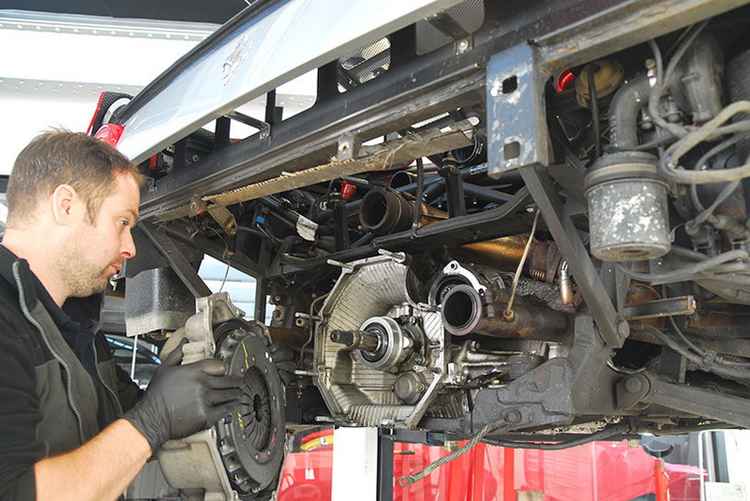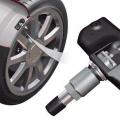The clutch is one of the main components of the car, without which normal movement is impossible. To control this unit and transfer force from the pedal to the discs, there are two devices in it - the main and working cylinders.
The slave cylinder: what is it and where is it located
Most often, anthers and an O-ring are changed in such a unit. Less often - a spring and a piston, sometimes a rod and a plate fail. All elements can be replaced without any problems. It is easy to determine when the O-rings are replaced by the traces of fluid leaking under the vehicle. The boot should be replaced if external damage or stretching is found. A loose boot allows moisture, dust and dirt to pass through. If the drive is mechanical, and there is nothing to leak, it is worth checking the integrity or tension of the cable.
Open-end wrenches and pliers are required to detach the housing from the gearbox housing. Using pliers, carefully remove the spring that returns the fork to its original position, unscrew the bolts with the keys. And in order to disassemble the GCS, you need to have a special remover to remove the internal retaining rings, as well as a flat screwdriver. Remove the retaining ring, remove the entire mechanism from the case, and then change the rubber seals using a flat screwdriver. Repairing the clutch slave cylinder is not a difficult process, it can be done at home.
When self-repairing the clutch slave cylinder, you must carefully select the purchased part. It is advisable to buy original spare parts, but such an opportunity is not always available. In this case, you can purchase licensed, certified parts from reputable manufacturers.
Working with the master cylinder
Repair of the clutch master cylinder – no less important process. This cylinder is one of the most important components. In order to diagnose its work, it is necessary to carry out the following manipulations:
- Visually check for leaks of brake fluid on the cylinder body and at the joints.
- Make sure that there is no mechanical damage to the housing and connecting pipes.
- Check pedal for failure.
If various signs of malfunctions are found, repair work must be carried out immediately. When repairing such a unit, rubber seals are most often changed or threaded connections are tightened. But sometimes the mirror of the body, pistons, tubes are damaged. If such breakdowns are found, it is better to replace the tubes and cylinder.





